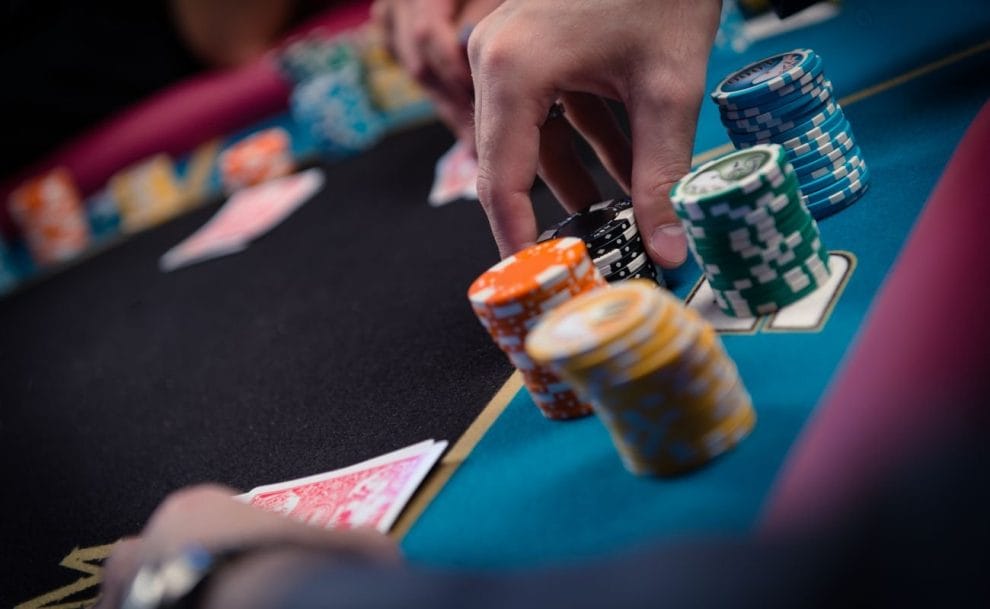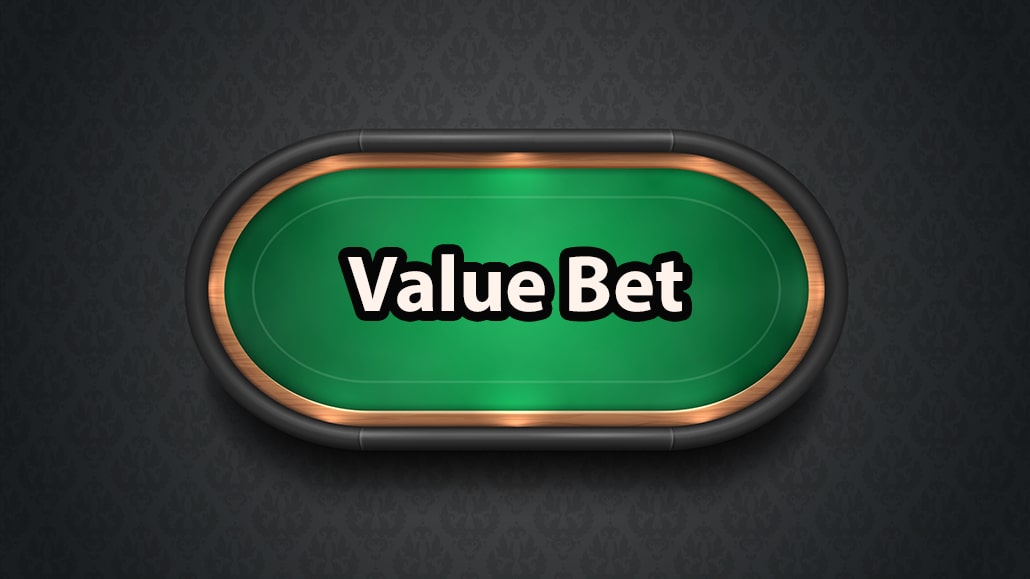tl;dr: A poker value bet is a bet made with the intention of extracting maximum value from a hand.

In the game of poker, making the right bets at the right time is crucial to your success. One type of bet that can greatly impact your winnings is the Poker value bet. A value bet is a bet made with the intention of extracting maximum value from a hand.
In this article, we will explore what a value bet is, when you should make one, how to determine the size of your value bet, common mistakes to avoid, and tips for making a successful value bet.
What is a value bet in poker?

A value bet is a bet made with the intention of getting your opponent to call with a worse hand. It is a bet that you make when you believe you have the best hand and want to extract as much value as possible from your opponent. The goal of a value bet is to maximize your winnings by getting your opponent to put more money into the pot when they have a weaker hand.
When should you make a value bet?

Knowing when to make a value bet is crucial to your success in poker. Here are some situations where making a value bet is often a good decision:
– When you have a strong hand: If you have a strong hand, such as a top pair or better, it is often a good time to make a value bet. Your opponent is more likely to have a weaker hand and will be more inclined to call your bet.
– When your opponent has shown weakness: If your opponent has shown signs of weakness, such as checking or calling instead of betting, it may be a good time to make a value bet. Your opponent is less likely to have a strong hand and may be more inclined to fold or call with a weaker hand.
– When the board is favorable: If the board is favorable to your hand, such as when there are no obvious draws or potential strong hands, it may be a good time to make a value bet. Your opponent is less likely to have a strong hand and may be more inclined to call your bet.
How to determine the size of your value bet?

Determining the size of your value bet is important to maximize your winnings while also avoiding scaring your opponent away. Here are some factors to consider when determining the size of your value bet:
– The strength of your hand: The stronger your hand, the larger your value bet can be. If you have a very strong hand, you can bet more aggressively to extract maximum value.
– The size of the pot: The size of the pot should also influence the size of your value bet. If the pot is already large, you can make a larger value bet to increase your potential winnings.
– Your opponent’s stack size: If your opponent has a smaller stack size, you may want to make a smaller value bet to entice them to call. If your opponent has a larger stack size, you can make a larger value bet to put more pressure on them.
– Your table image: Your table image can also influence the size of your value bet. If you have been playing aggressively and your opponents perceive you as a loose player, you may want to make a larger value bet to take advantage of their perception.
Common mistakes to avoid when making a value bet

While value betting can be a profitable strategy, there are some common mistakes that you should avoid:
Betting too small
Betting too small can result in missed opportunities to extract maximum value from your opponent. If your bet is too small, your opponent may be more inclined to call with a weaker hand, reducing your potential winnings.
Betting too big
On the other hand, betting too big can scare your opponent away, causing them to fold their weaker hands. It is important to find the right balance between a bet that is large enough to extract value but not so large that it scares your opponent away.
Not considering your opponent’s range
When making a value bet, it is important to consider your opponent’s likely hand range. If your opponent is likely to have a strong hand, it may not be the best time to make a value bet. Understanding your opponent’s range can help you make more informed decisions.
How to make a successful value bet

To make a successful value bet, consider the following tips:
Consider your hand strength
Before making a value bet, assess the strength of your hand. The stronger your hand, the more likely it is that your opponent will have a weaker hand and be willing to call your bet.
Assess your opponent’s hand range
Take the time to analyze your opponent’s likely hand range. Consider their betting patterns, previous actions, and any tells they may have. This information can help you determine if a value bet is likely to be successful.
Consider the board texture
The texture of the board can greatly impact the success of a value bet. If the board is coordinated and there are potential draws, your opponent may be more likely to have a strong hand. In contrast, if the board is dry and uncoordinated, your opponent is more likely to have a weaker hand.
Take into account your table image
Your table image can influence how your opponents perceive your bets. If you have been playing aggressively and your opponents view you as a loose player, they may be more inclined to call your value bet. Use your table image to your advantage when making value bets.
Conclusion

A value bet is a powerful tool in a poker player’s arsenal. By making well-timed and appropriately sized value bets, you can maximize your winnings and exploit your opponents’ weaknesses. Remember to consider your hand strength, assess your opponent’s hand range, evaluate the board texture, and take advantage of your table image.
With practice and experience, you can become a master at making successful value bets in poker.
Originally posted 2023-08-16 16:35:50.

